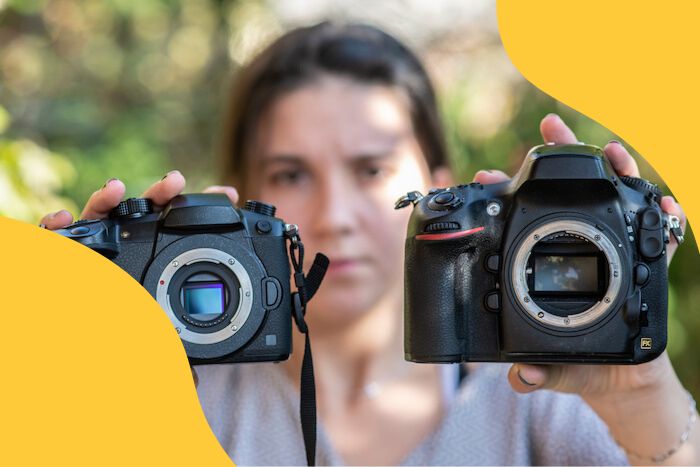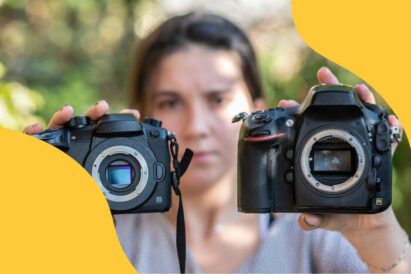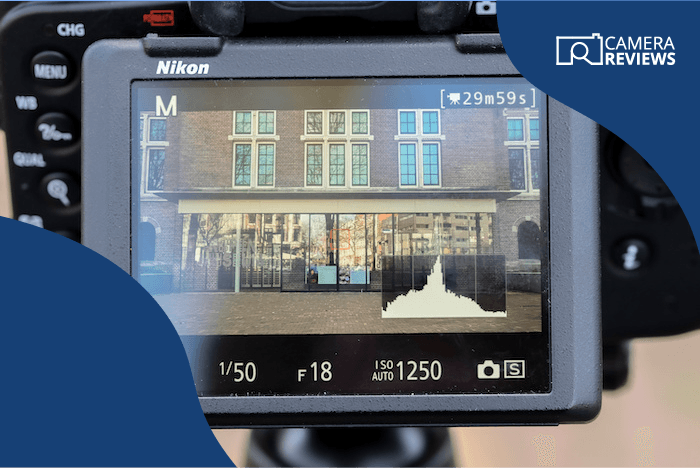Are you hunting for inspiration, submitting a portfolio, or writing your next blog post? If so, These photoshoot themes might come in handy!
Going on photography trips can be expensive and time-consuming. But this list of creative photoshoot ideas shouldn’t cost you more than a bus fare or a few gallons of gas.
You don’t need to go far in the hunt for inspiration. The idea is that these photoshoot themes should be easy to tackle over a long weekend or even a few afternoons.
28 Photoshoot Themes
Different people get inspiration in different ways. So I’ve grouped my creative photoshoot theme ideas by topic.
Set yourself a goal for your next photoshoot. And see how well you can respond to the challenge posed by some of these photography ideas!
1. Everyday Objects
Have you ever taken “still life” photos? Well, now’s your chance! Just pick a theme or a particular type of object.
It doesn’t matter what kind of photographer you are. The idea is to experiment and have fun doing something you wouldn’t usually do.
It might depend on what you have lying around the house or garden. But here are a few that I just plucked out of the air:
- Sports equipment
- Cameras
- Glasses
- Pens and pencils
- Pictures
- Books
- Electronics
- Art
- Furniture
- Watches
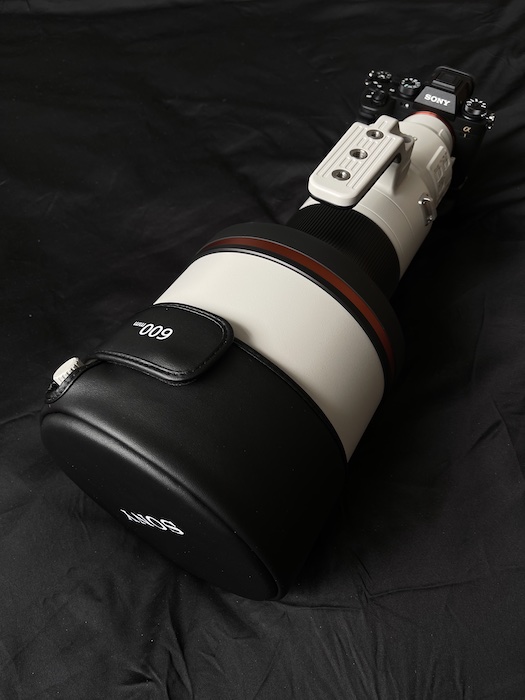
2. Substances in the Air
Whatever the genre of photography, you can spice things up by finding or putting something in the air. There are endless possibilities. So just let your imagination run riot!
If it’s a landscape shot, it might benefit from smoke. If it’s a wildlife shot, it might be dust. If it’s an action shot, it might be powdered paint, bubbles, steam, or water.
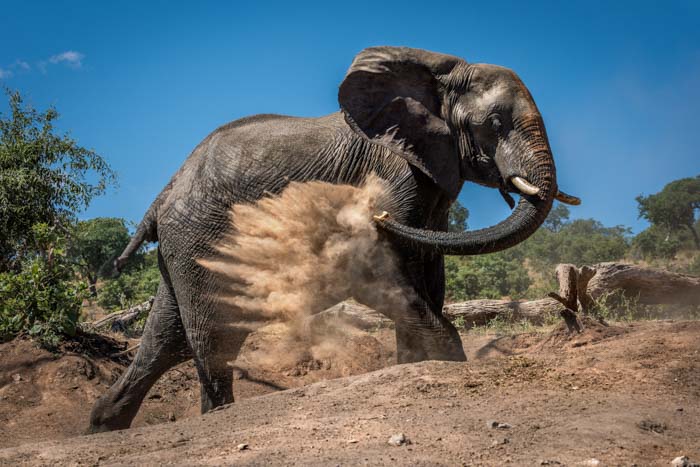
Transport
Most people spend at least a few hours every day commuting to work. And we all like to escape to foreign parts of the world in a jet aircraft or on board a cruise ship.
Next time you’re on the way to or from the office, consider it a photographic opportunity! Or take your tripod on vacation and experiment with long and short focal lengths and shutter speeds.
These are the main ways we travel around the world. And they all offer chances to take great photos.
3. Planes, Trains, and Automobiles
Transport means movement. So try to capture the power and energy of your chosen means of transport.
That might mean a close-up of a plane’s engine or a car’s wheel. Or it’s using a slow shutter speed to capture the motion blur of a train going by.

4. Ships
Ships are our biggest form of transport. And they have the added advantage of floating on water. That lets you include waves, spray, and even stormy weather in your shots.
Again, experiment with your aperture and shutter speed to capture different shots. It might be a sailboat leaving the harbor or dolphins playing by the bows of a ship—if you’re lucky!
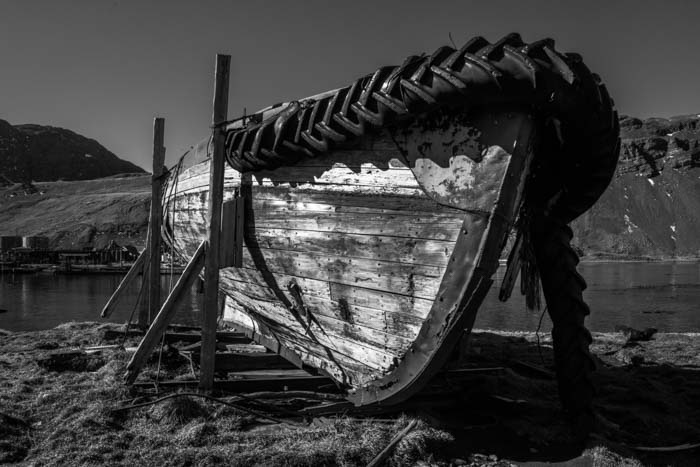
5. Bicycles or Motorbikes
If you don’t live near a port or an airport, plenty of activity remains to capture on the roads or in the parks. There are more and more bikes out there (whether motorbikes or bicycles).
It gives you plenty of opportunities for slow pans amidst the hustle and bustle of the city. Or you can focus on close-ups of couriers with lycra-clad legs, helmeted heads, and designer stubble!
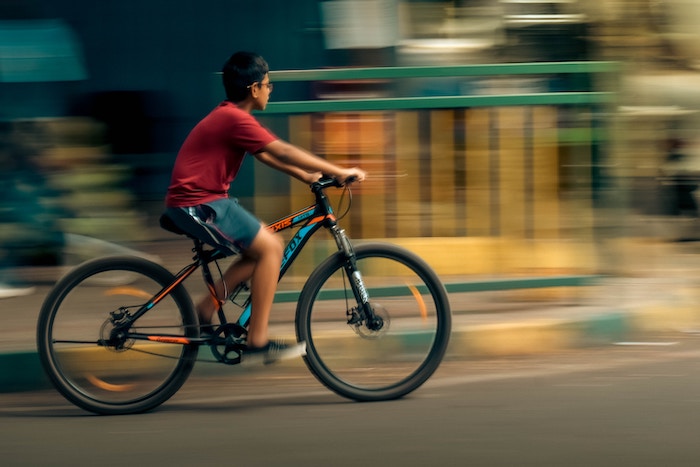
Events
If you want to plunge into an environment that’ll give you a wide range of photo opportunities, try attending an event. It might be a football match, a concert, or a religious ceremony.
Whatever it is, you can shoot people demonstrating skills and wearing clothes that you won’t usually see walking down the high street!
Or fireworks displays give you a great chance to take photos you’ll never get at any other time of year.
6. Sports
If you’re lucky enough to attend the World Series or the Superbowl, you can commemorate the moment by taking photos of the players, crowd, and stadium.
These chances don’t come along very often. So think about the best way to capture the atmosphere and the excitement.
Can you get a press pass to give you access to the sidelines? Can you arrange an interview with one or two of the players?
The bigger the event, the more limited access will generally be. But it’s always worth asking.
If you can’t get into an event you want, you can always drop down to the next competitive level. Or even go to the park for a kickabout with friends and family.

7. Music
The same applies to concerts and gigs. It’s always a bit more special if you can arrange behind-the-scenes access. But it’s not the end of the world if you can’t.
I’ve taken pictures at rock concerts. And it’s usually easy to work your way to the front to get shots of the lead singer.
The lighting is also usually good enough that you don’t need a flash. But it’s worth having a fast lens to keep the ISO down!
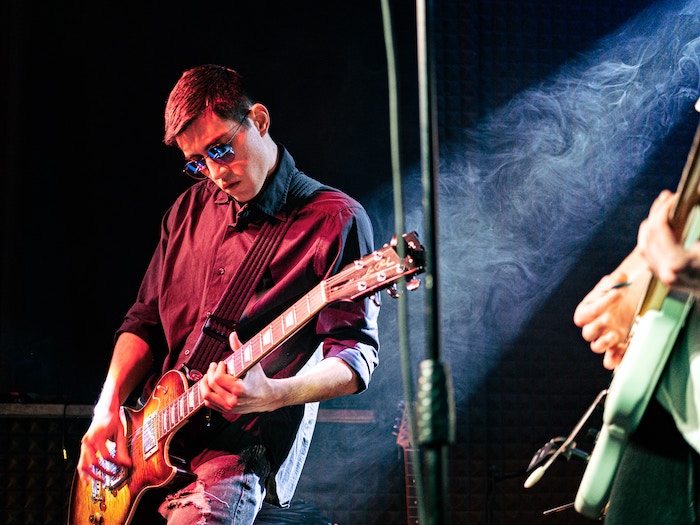
8. Religion
You can usually photograph many religious events, rituals, and ceremonies. I’ve been to various christenings and funerals.
I even went to a Jewish bris once. That wasn’t for the faint-hearted!
And even though I’m a wildlife photographer, I also covered a wedding for two friends. And it was a lot of fun! It’s all about pushing your boundaries and enjoying a different style of photography.
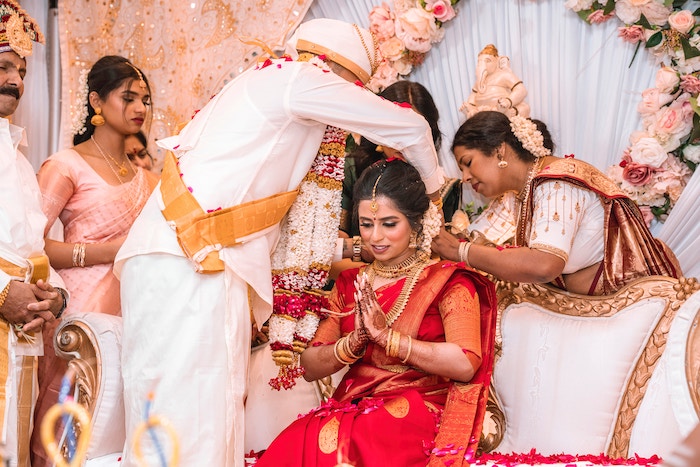
9. Fireworks
There are more and more occasions that merit firework displays these days. And that’s good news from a photographer’s point of view!
I’ve been to several fireworks displays. And I’ve taken my camera to the last two or three.
There are many different ways of photographing fireworks. So it’s worth reading up on the subject beforehand.
Personally, I prefer the “focus pull” technique. It involves a quarter of a second or more long exposure, during which you turn the focus ring.
You should end up with an image that makes the fireworks look like an old court jester’s cap!

Places
Without spending thousands of dollars, it’s usually possible to go somewhere locally that’s a bit special to take pictures.
Go places to take you out of your comfort zone and pose challenges you don’t usually face when taking pictures. Photography is always more interesting if you get out and about.
10. Landscapes or Cityscapes
This might just be your garden or the local park. But you might be lucky to live near a desert, mountain, or volcano!
Challenge yourself. Can you capture the character or the atmosphere of the landscape? How does it make you feel? Can you use a drone or a helicopter to get an aerial perspective?
Or what about built environments? Cities are great places to capture towering skyscrapers from above or below! You can also include the inhabitants and the many modes of transport.
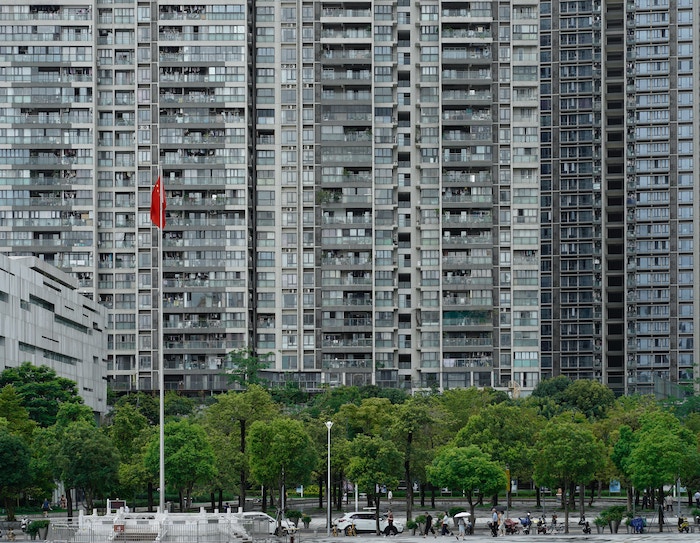
11. Waterscapes
“Water” might mean the swimming pool in your backyard or the local beach resort. Or it might mean a river, a lake, a waterfall, or the sea. Either way, it adds so much to your images.
If there are people around, you can capture them swimming and diving. And if you have an underwater camera, you can even take shots from beneath the waves.
You can even play around with your smartphone. You can put it in a watertight jam jar or something similar to get shots half in and half out of the water.
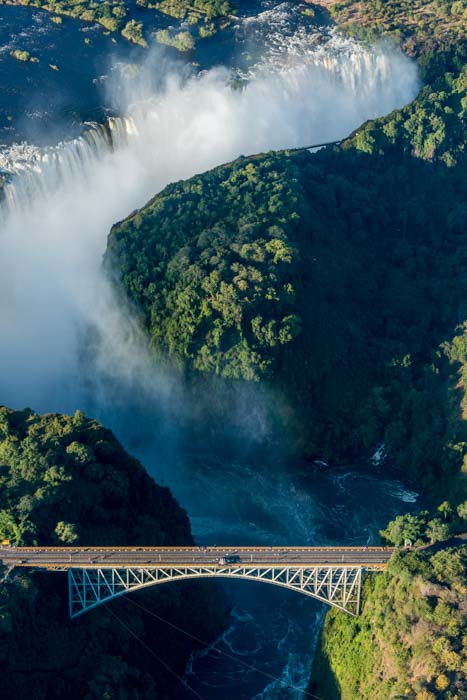
12. Scenes From or of Air Travel
Most of us can fly abroad on holiday a few times a year. And that’s a great chance to take pictures from the aircraft or of the aircraft landing or taking off.
The smaller the airstrip, the easier it is to gain access. This is especially true in Africa or the wilds of the Arctic!
Again, try to challenge yourself to epitomize the experience. What makes flying special? Is it the clothing or behavior of the pilots, the crew, or the passengers?
Can you access the flight deck and take pictures of the takeoff or landing? Can you stake out a spot underneath the flight path to get shots of the plane overhead?
Try to capture as many perspectives of air travel as you can. You can even invest in a drone camera!
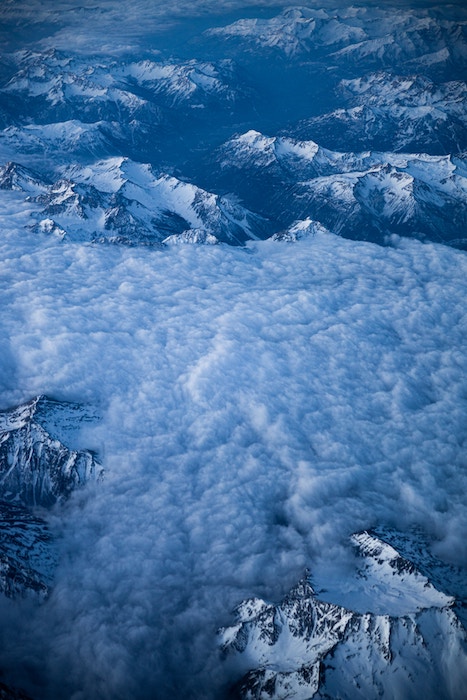
13. Weather
Some people take shots of the same scene at the same time every day for a week, a month, or even a year. And I can see why.
The weather is always different. And what may seem like an ordinary location or composition can be transformed by sun, rain, hail, snow, fog, or clouds.
All you need to do is to be prepared to go out in what most people would describe as “bad” weather. This requires some willpower (especially early on a Sunday morning!).
But the payoff comes in the shots you get to take. As I often say, bad weather means good pictures!
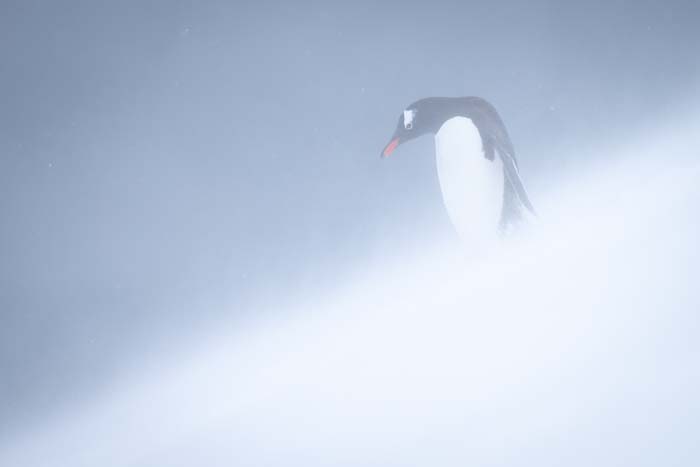
14. Look and Feel
Rather than thinking about the subject or the background, why not focus on the “look and feel” of your photographs? That means playing around with textures, shadows, colors, and silhouettes.
It also means switching to sepia, selective color, black and white, or adding grain for an antique look. Finally, you can easily create high-key or low-key images using exposure compensation.
The point is to avoid a “representational” or “naturalistic” view of the world. You should aim to show the beauty, geometry, or patterns that are sometimes hidden in plain sight—even if it means turns out to be abstract.
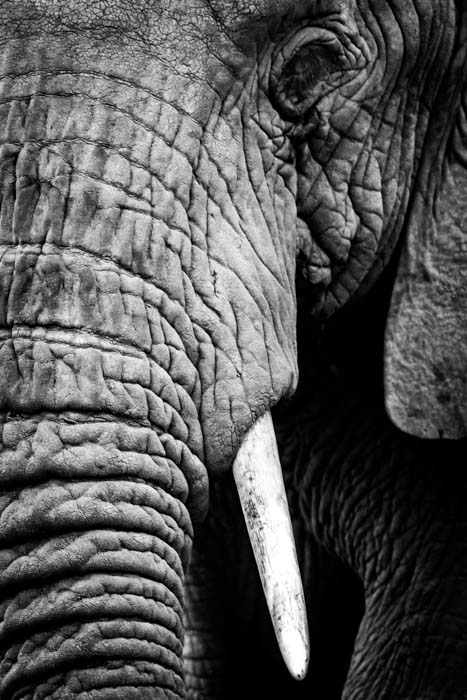
15. Concepts
I’m sure many writers want to illustrate concepts like freedom, inspiration, warmth, leadership, or danger. Why not give them what they’re looking for?
If you can focus on the mood, the concept, or the atmosphere of an image rather than the subject, you should be able to find a powerful, new way to express ideas.
For example, what does “perspective” mean to you? How can you show that visually?
Could you take a wide-angle shot of skyscrapers pointing toward the heavens? Or could you show the vanishing point on a road or a disused railway line?
Is there another way to illustrate people’s different perspectives on the same subject?
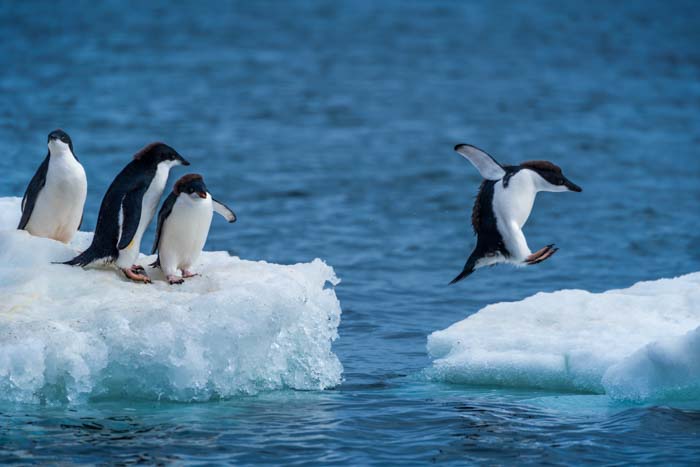
16. Emotions
Emotions or feelings are an easy topic to turn into a photographic project. It helps if you have a model who can pose for you.
But if your budget is tight, you can always use a friend or family member. All you need to capture are their expressions and perhaps their body language.
There are dozens of individually identifiable emotions. The only limit to your creativity is what you can communicate to your model. Here are a few ideas:
- Anger
- Love
- Happiness
- Rage
- Disappointment
- Shyness
- Concentration
- Pain
- Surprise
- Excitement
- Pride
- Sincerity
- Attraction

Time
As wildlife photographer Mark Carwardine once said, there are only three things in any photograph. There’s the subject, the background, and the light.
With this in mind, the time of day impacts the light. And the time of year impacts the weather.
17. Time of Day
The quality of light changes throughout the day. Traditionally, we classify it as “warm” if it has a low color temperature (yes, I know that doesn’t make sense!)
And we say it’s “cool” if it has a high color temperature. Warm light has more of the red spectrum in it, while cool light has more of the blue spectrum in it.
Most photographers prefer the “golden hour” just after sunrise or before sunset. It “warms up” skin tones and creates flattering tones—whether for landscape, wildlife, or portrait photography.
But the “blue hour” just before sunrise or after sunset offers a different view and feeling. The coolness of the light suggests different emotions like loneliness, isolation, and grief.
Most photographers like the hours around sunrise and sunset because the shadows are soft and the light is more colorful. But that doesn’t mean you should never take pictures at midday.
It depends on the effect you’re looking for. And you can always turn your shots into black and white!
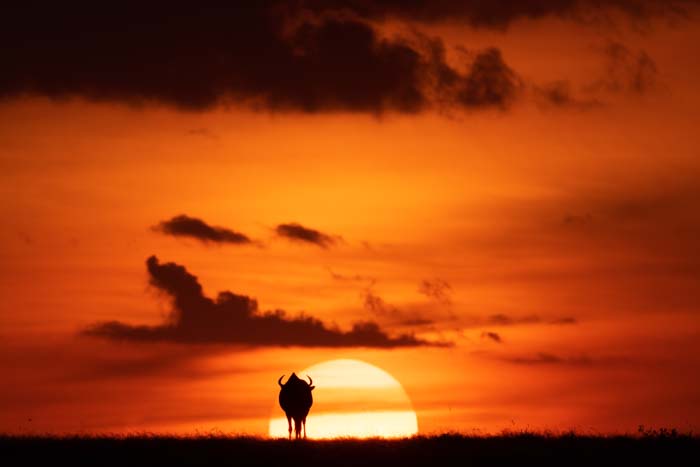
18. Time of Year
In most parts of the world, the different seasons greatly affect the weather and landscape.
In tropical countries, the wet season gives way to the dry season. In other parts of the world, spring, summer, autumn, and winter have distinct, unique qualities.
Doing a project based on the seasons means capturing those different looks—in terms of the landscape, the people, and the wildlife.
Browsing in a bookshop, I once saw a coffee table book about Richmond Park, near London. It fascinated me because it showed animals and landscapes in every imaginable weather.
It doesn’t snow very often in England. So seeing red deer and fallow deer in snowy parkland was “special” in a way I’d never imagined.
Nowadays, I mostly go to Richmond Park after it’s snowed because it lifts my images out of the ordinary.

People
As somebody once said, “Hell is other people.” But that’s not true when it comes to photography. People are an endless source of photographic inspiration.
19. Portraits
Let’s start with taking photos of other people. Whether or not you’re a portrait photographer, you can take endlessly different photos of people.
The only thing that stays the same is your model. And even that is something over which you have total control.
Apart from that, you can change the location, the time of day, the time of year, the clothing, the accessories, and the activity.
As there are so many possible shots, you might want to limit your project to one particular age group, profession, or location, for example.
However you want to do it, you should be able to create a wonderful portfolio that shows the endless variety of human life.
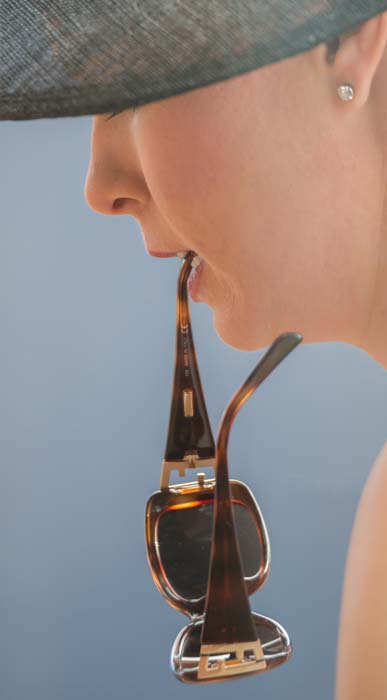
20. Self-Portraits
A lot of people ask to see pictures of me. And I tell them my cameras don’t have “selfie mode”!
I’m used to being behind the camera, not in front of it. So it’s hard for me to take pictures of myself.
With that said a few guests and friends have done me a favor by sending me candid photos they’ve taken when I’ve been blissfully unaware!
If you want to take self-portraits yourself, it’s easy enough to do. All you need is a tripod.
You can play around with your lighting setup if you’re lucky enough to have strobes or flashguns. But natural lighting works well enough—and it comes free of charge!

21. Staged Photos
This is not exactly fine art photography. But it’s also a lot of fun if you can rope in a few friends.
I first came across the idea with some Aussie mates in Brisbane. And they kept setting up these “fake” photos for a laugh.
A typical setup would be to pretend that someone was injured. And everyone would take up exaggerated poses of horror and shock.
I wasn’t too convinced initially, but I went along with it. And I ended up being amazed at how convincing the photos were! The possibilities are endless.
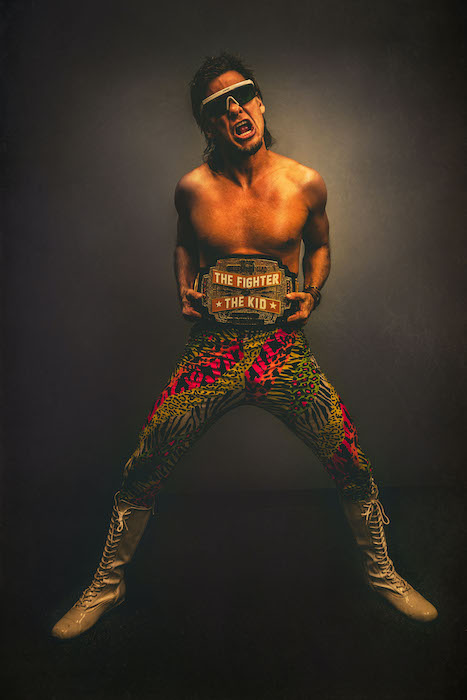
Wildlife
I’m a wildlife photographer. So I have skin in the game regarding animals and birds.
But a lot of photographers don’t usually take pictures of these subjects. So it can be a fun way to take a break from “work” and get a different perspective.
22. Animals
Besides birders, most people are more interested in animals than birds. And that’s fine. Animals can be found everywhere—and not just in Africa or Antarctica.
Most major cities have zoos, and most people with gardens can photograph the local wildlife, whether that’s foxes, deer, or even bears!

23. Birds
Birds provide an endless source of color, variety, and movement. When people ask me if I photograph birds, I sometimes joke that I only do it when no animals are around!
But around a third of my all-time favorite photos are of birds. So there’s a lot of potential there.
I’m fortunate enough to be able to travel to countries like Botswana, where there are hundreds of species of endemic and migratory birds.
But there’s nothing wrong with garden birds. And it’s easy enough to set up a bird feeder in your garden that lets you take bird-in-flight shots.

24. Insects
Sometimes, you find more variety on a smaller scale. Insects are generally very small. But they have many more body types than mammals, reptiles, or birds.
This is the realm of macro photography. And to take advantage of all the little bugs and critters in your back garden, you need a macro lens.
Macro lenses let you reproduce images at a 1:1 ratio. That means lifesize pictures of bees, spiders, wasps, and anything else you can find flying or crawling around local plant life.
A good macro lens will probably have a focal length of around 100mm. That means you don’t need to get quite so close to your subject and risk disturbing it.
If you want to go the whole hog, you might invest in a ring flash, a tripod, and other accessories. But you don’t need to spend thousands to get started.
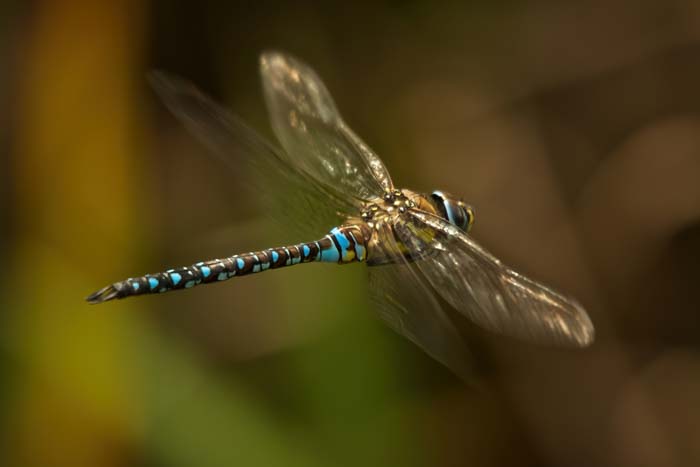
Photography Techniques
There are dozens of photographic techniques that you can happily practice if you want to. But I’ve divided these into five simple categories to make life easier.
25. Wide Apertures
The aperture of your lens controls the depth of field. So changing the aperture will affect what’s in focus and what’s not.
Switching from f/2.8 to f/16 can completely change the look of an image. So it can be fun to experiment with this in your photography.
A wide aperture (small f-number) typically gives a narrow depth of field. And ideally, it produces beautifully soft, circular highlights in the background.
This is ideal for portraits and wildlife photography. But you can also use it for something as ordinary as Christmas lights. You can even change the shape of the bokeh highlights.
All you need to do is cut out a Christmas tree or Santa’s sleigh from a piece of black cardboard and tape it over your lens. That’ll make all your highlights into Christmas trees or Santa’s sleigh!

25. A Longer Shutter Speed and Slow Pan
The longer the shutter speed, the more the motion blur in your images. This is usually a bad thing, but not necessarily.
Motion blur is a great way to give the impression of energy in your images. So it’s worth experimenting with longer shutter speeds.
The main technique is called the slow pan. This involves following your moving subject and taking a burst of shots at a slow shutter speed.
The shutter speed should be slow enough to leave moving parts (legs, wings, wheels, etc.) and the background blurred. But it should be fast enough to keep the head or main parts sharp.
It’s not an easy skill to master. But it’s worth it when it works!

26. Flash Photography
As a wildlife photographer, I’m hardly ever allowed to use a flash. But that just makes it an excellent way of experimenting!
For example, if you’ve read about rear curtain flash, can you produce a photo using that effect? What about a fill-flash portrait?
What about a three-light setup for studio lighting? All these things are possible if you’re willing to try something new.
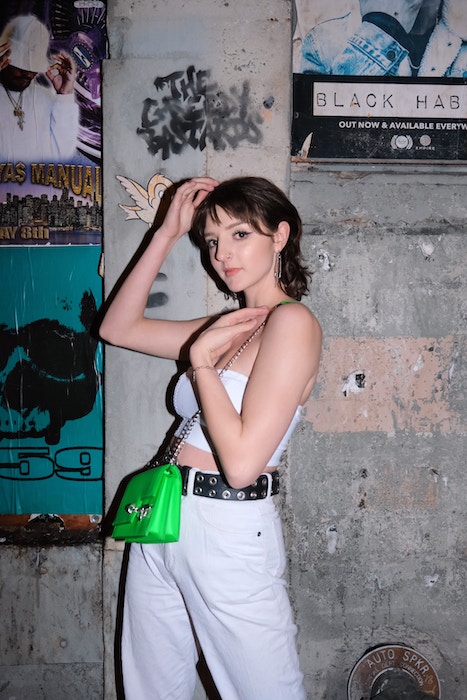
27. Light Painting
This can be a lot of fun. All you need to do is go out at night with a sparkler or a flashlight and “paint” objects or words in the sky.
You need to set up your camera on a tripod with a slow shutter speed and have a remote to do this yourself. Or have a friend do the “painting.” But the idea is to just have a laugh!
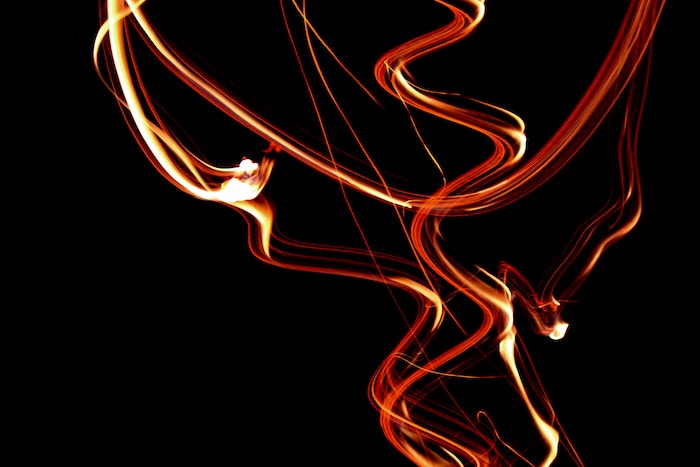
28. Editing Images With Software
There are many ways of improving your images in post-processing. And many different programs can help you.
Personally, I use Adobe Lightroom. But a lot of people use Adobe Photoshop or other applications.
They’re all very similar. They allow you to manage your images, add metadata such as titles and keywords, and transform them using dozens of useful tools.
I’m a big fan of using this technology. And careful post-processing can mean the difference between a stinker and a keeper!
Some effects can be done in-camera. But here’s a list of some typical features you can most easily achieve in post-processing:
- Panoramas
- Star trails
- Traffic trails
- Focus stacking
- High Dynamic Range (HDR)

Conclusion
Sure, we can all be sensible, serious, and boring if we want to be. But these photoshoot themes are a way to experiment and have fun in your next photo session.
When I first started as a pro photographer, I specialized in wildlife. But I still read a few articles weekly about creative home photoshoot ideas to learn how to take different types of shots.
To become a better photographer, I’ve tried all kinds of techniques. I trawled London to take selective color images of red mailboxes.
Then I stayed up all night on the beach in Bodrum, Turkey, to shoot star trails! It was a lot of fun, and I learned what I liked and didn’t like.
I also found out what I was good at and not good at! So for those same reasons, I suggest you try out a few of these cool photoshoot ideas for yourself.
Check out our guides on cropping in photography or shooting photos in mist or fog next!




